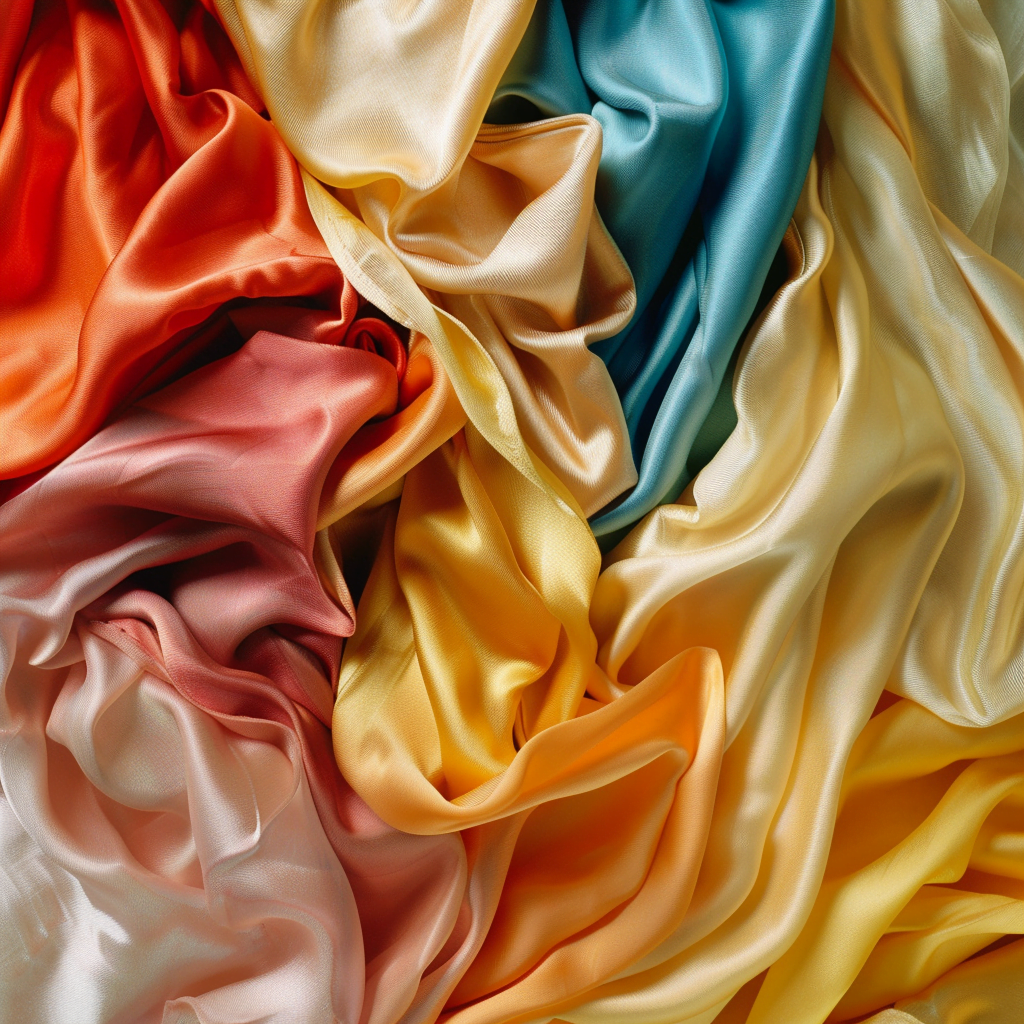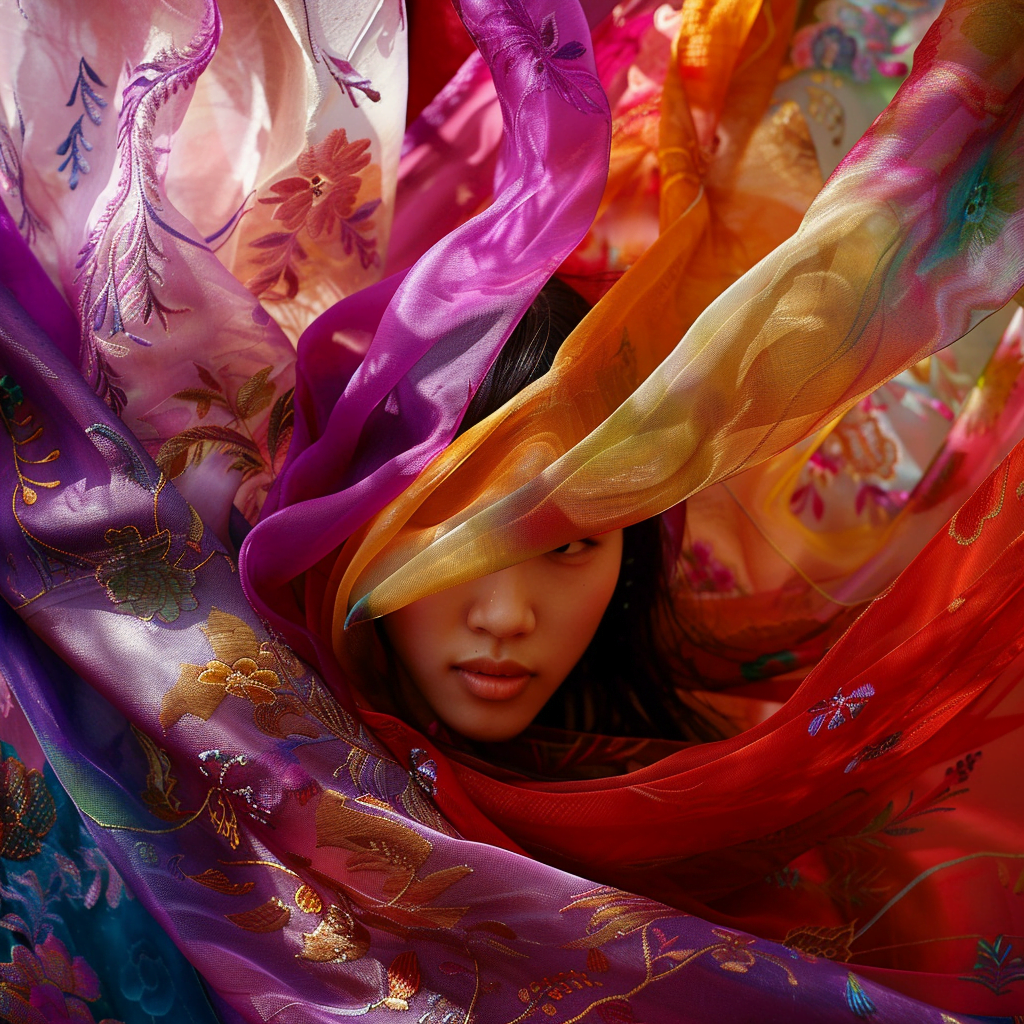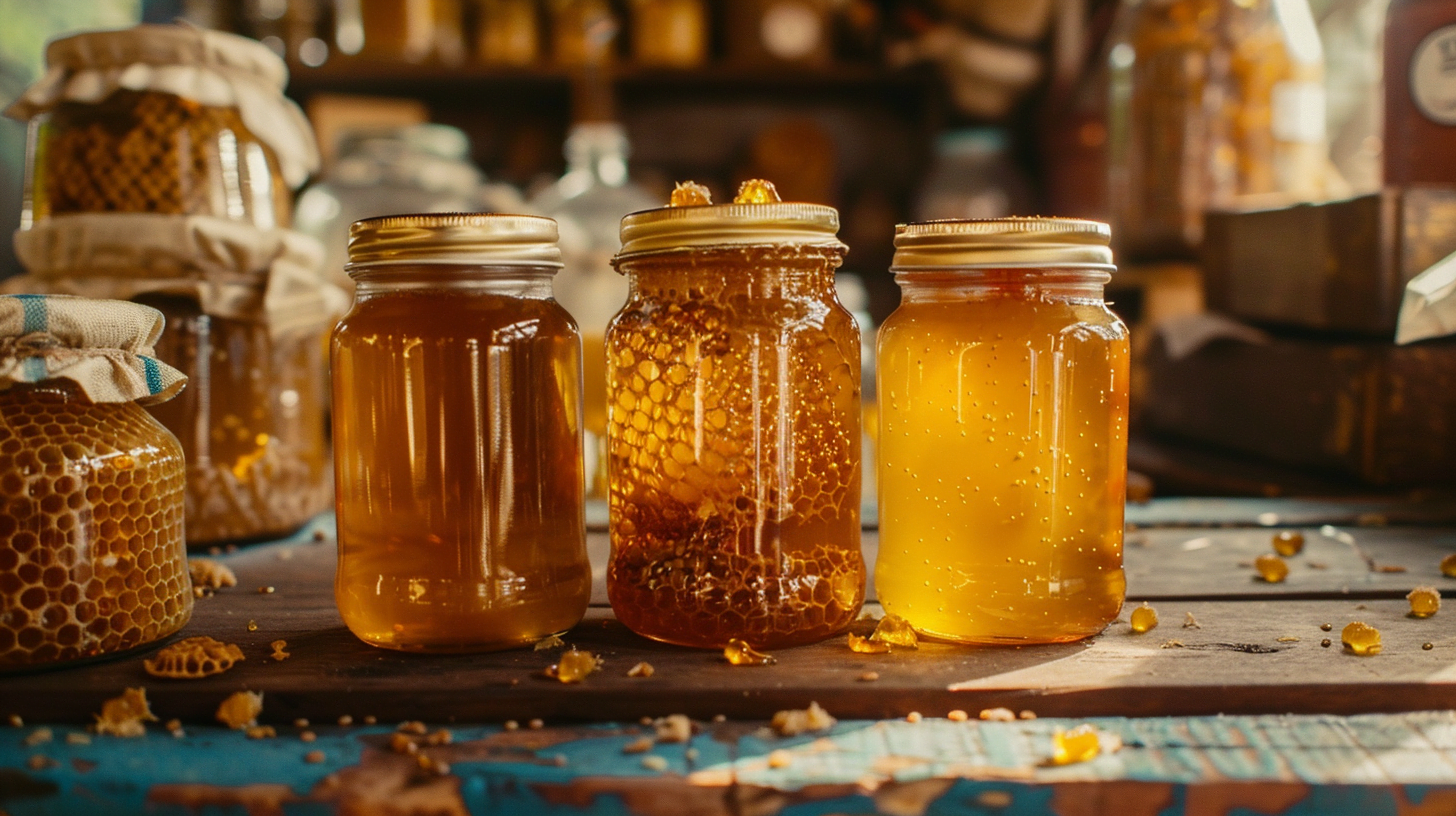Silk is a fabric that has been cherished across cultures for over 6,000 years. First cultivated in ancient China, silk quickly became a much desired luxury item that was traded globally along the legendary Silk Road. But which country produces the most Silk globally?
By analyzing the latest data on silk production worldwide, we can identify the top silk producers in the modern era and gain a deeper appreciation of the intricate processes required to make silk.
The Rich History of Silk’s Cultural Significance
- Silk production originated in China around 6,000 years ago during the Neolithic period. Chinese emperors kept knowledge of sericulture (silk cultivation) a closely guarded secret for centuries.
- The advent of the Silk Road enabled silk to spread across Asia and Europe, becoming an important trade commodity desired by nobility and the elite in societies from Rome to India.
- Silk has held deep cultural significance across many ancient societies:
- In Buddhism, silk represented enlightenment and lightness of being. Monks wore simple silk robes as symbols of spiritual ascension.
- In Christianity, silk was considered a symbol of glory and spiritual purity. Some Catholic popes were buried in ornate silk vestments.
- In Islam, silk was a treasured material for clothing mentioned in the Quran as a sign of paradise. The Prophet Muhammad wore a Yemeni silk burdah.
- From China’s Han Dynasty to the extravagant Versailles court, silk played major roles in fashion, interior decor, and conveying social status and wealth across cultures.
Demand for this luxurious thread led to the creation of the legendary network of trade routes known as the Silk Road during China’s Han Dynasty around 200 BC. Merchants traveled over 4,000 miles transporting the precious silk fabric as far as the Mediterranean, in exchange for goods and ideas from distant lands.
Silk was so beloved in ancient Rome that the Senate issued laws banning men from wearing the delicate fabric, deeming it too decadent. Yet silk still became a symbol of power and femininity among the elite women of Rome.
The quest for silk spurred early globalization, with threads of Chinese silk uncovered among the belongings of a German prince buried in a Spanish tomb over 1,500 years ago.

Leading Silk Producing Countries Today
While China has dominated silk production for ages, a few other countries have emerged as significant silk producers on the global stage:
China
- Produces a mammoth 175,000 metric tons of silk per year
- Accounts for about 80% of total global production
- Key silk producing areas located along the Yangtze River delta like Sichuan, Hubei and Shandong provinces
- China focuses mainly on cultivating premium quality mulberry silkworm breeds
- Over 10 million Chinese households engaged in silk production
- Major silk companies like Jiangsu Sutong Cocoon and Silk Company integrate everything from cultivation to design and weaving
India
- Second largest silk manufacturer globally after China
- Annual silk production around 35,000 metric tons
- Andhra Pradesh, Karnataka, West Bengal and Tamil Nadu leading silk producers
- India produces four main silk varieties: mulberry, tussar, eri and muga
- Innovations in bivoltine silkworm breeds that yield more silk per cocoon
Uzbekistan
- Former Soviet republic that rapidly expanded their silk output since the 2000s
- Ranks in top 3 exporters of silk globally, annual production around 1,000 metric tons
- Mainly focuses on fine mulberry silk cultivation along with some eri silk
- Uzbek silk known for its luminous sheen and soft, luxurious feel
Brazil
- Leading silk producer in South America, annual output around 700 metric tons
- Main silk producing states are Paraná, Santa Catarina and São Paulo
- Brazil’s tropical climate allows for year-round production across several harvests
- Agricultural research agencies provide support for sericulture farmers
| Country | Annual Production | % of Global Output |
|-|-|-|
| China | 175,000 metric tons | 80% |
| India | 35,000 metric tons | 16% |
| Uzbekistan | 1,000 metric tons | 0.5% |
| Brazil | 700 metric tons | 0.3% |
Data source: International Sericultural Commission 2021 Report
Unraveling the Intensive Process of Silk Making
Silk cultivation, harvesting and manufacturing requires significant human effort:
Silkworm Cultivation
- Silk producers carefully raise silkworms on diets of chopped mulberry leaves under controlled environments.
- Silkworms voraciously consume mulberry leaves, increasing in size by 10,000 times within a month!
- After gorging themselves for 3-4 weeks, mature silkworm larvae begin spinning cocoons around themselves using a special salivary secretion extruded from their mouths that hardens on contact with air.
- The silkworms spin cocoons with a single continuous silk filament measuring up to 3,000 feet long.
Harvesting Cocoons and Reeling Silk
- Once the pupae have fully formed inside the cocoons, the cocoons are boiled to kill the insects and loosen the tight silk filaments.
- Silk filaments are then carefully unravelled, dried, twisted into threads and wound onto spools.
- The raw silk is spun onto bobbins in a process called reeling. Modern auto-reeling machines greatly increase efficiency while still needing specialized human oversight.
- Raw silk is then twisted and spun into the desired thickness and wound into skeins.
Weaving and Textile Production
- The pure silk threads are tightly woven into fabric using manual looms or computerized jacquard looms.
- Natural sericin binders in silk hold fabrics together as they are constructed into garments or household items.
- Additional manufacturing processes like degumming or dyeing further transform silk into retail products.
“Having visited silk facilities across Asia, I continue to be amazed by the meticulous care and attention to detail necessary to produce the highest grade mulberry and muga silks.” – Elizabeth Carr, Textile Historian
The path from silkworms munching on mulberry leaves to lustrous silk adorning people across the globe remains a wonder of agriculture, biology and human dedication.

Key Silk Exporters and Importers in the Multi-Billion Dollar Industry
- The global silk industry was valued at over $12 billion as of 2021.
- China dominates world exports – they export over $3 billion worth of silk products per year.
- Top importers of Chinese silk include the United States, India, Italy, France and Thailand.
- Japan also imports significant silk mainly for domestic production needs.
- Price premiums apply to exceptionally high quality silk fabrics and exotic types like tussar or muga silk.
- Industry growth is projected to stay strong around 5-6% CAGR through 2025.
Niche certifications are also emerging around unique silk variants:
- 100% Organic Silk derived from silkworms fed strictly certified organic mulberry leaves.
- Ahimsa or Peace Silk involves harvesting cocoons after moths emerge naturally.
The global silk industry provides livelihoods to over 1 million small farmers and textile workers, especially across Asia where silk cultivation thrives.
Which Countries May Challenge China’s Silk Dominance?
China has maintained its commanding lead in silk production for decades. But shifting dynamics may allow other major producers to capture larger market share:
- India continues to expand silk production across its tropical southern states and through innovations around productive hybrid silkworm breeds. Some analysts predict India may overtake China in silk output within 10-15 years.
- Uzbekistan has invested heavily in advanced silk reeling facilities and mulberry tree cultivation. With their premium quality silk and proximity to European textile houses, they have strong export growth potential.
- Vietnam’s government supports sericulture cooperatives with subsidies and training programs. Vietnam exports both raw silk and finished garments to international fashion companies.
However, given China’s vast expertise, extensive production infrastructure and dominance across the entire silk supply chain, they are likely to lead global output for the foreseeable future even as other countries grow their presence. Over 10 million Chinese households remain engaged in silk production, representing a deep workforce capability that cannot be easily replicated elsewhere.
Preserving the Age-Old Tradition in the 21st Century
As demand for silk textiles and garments increases across the globe, maintaining profitable silk industries is crucial for preserving these ancient and fascinating crafts while uplifting local economies.
More widespread adoption of advanced technologies can help balance production scale with sustainability. For example, innovative solar-powered automatic reeling stations reduce physical strain on workers while enhancing efficiency.
Governments can also support sericulture through research institutes guiding farmers on best practices and breeding improved hybrid silkworm varieties. Educational programs around silk heritage help spark interest in younger generations to carry on silk-making traditions.
Innovative silk companies are also exploring biotech methods to create synthetic spider silks that sidestep silkworm cultivation entirely – offering an intriguing sci-fi twist!
Silk remains a dazzling and sensuous fabric adorning people across cultures and generations. By upholding silk craftsmanship while allowing space for modernization, the glamour and cultural legacy of silk can continue thriving for centuries to come.
In this far-reaching analysis, we’ve explored both the rich history and present-day processes around silk cultivation across leading producers worldwide. While countries like India, Uzbekistan and Vietnam continue ramping up silk manufacturing capacities, China remains the dominant giant in this glamorous global industry thanks to their unmatched scale and end-to-end capabilities around nurturing those tiny yet invaluable silkworms.

